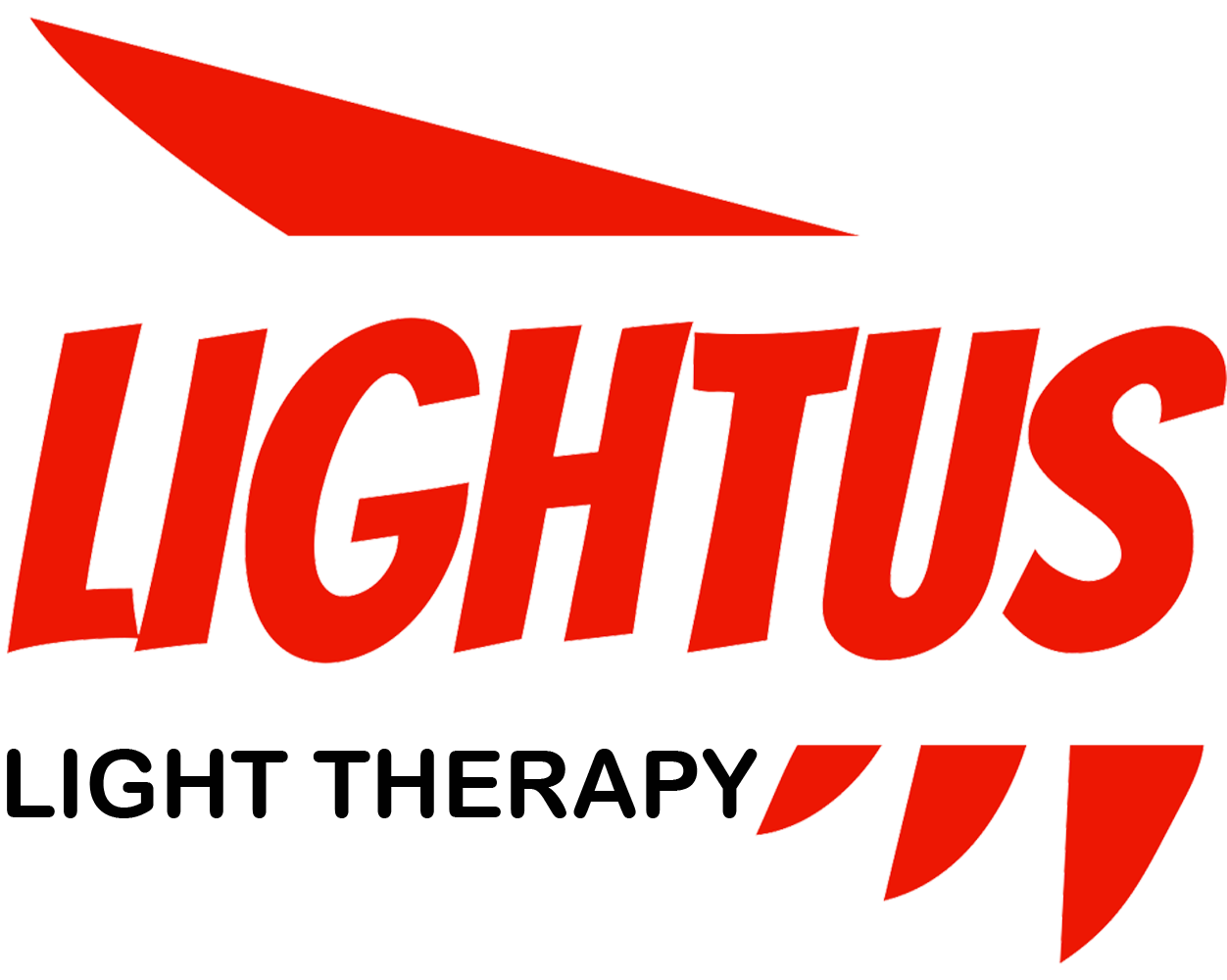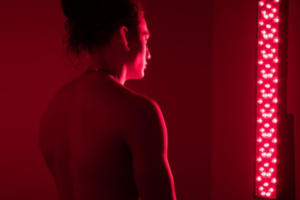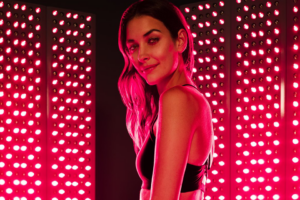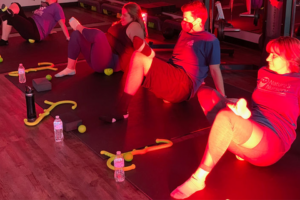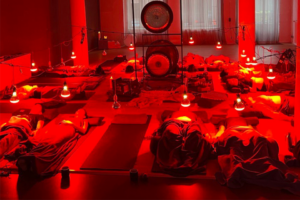The Ultimate Guide: How Long to Use Red Light Therapy for Optimal Results
Red light therapy has gained significant popularity in recent years as a non-invasive treatment for various health and beauty concerns. If you’re considering incorporating this innovative therapy into your wellness routine, you might be wondering about the optimal duration and frequency of use. This comprehensive guide will explore the ins and outs of red light therapy, helping you understand how to maximize its benefits while ensuring safe and effective treatment.
Table of Contents
What is Red Light Therapy and How Does It Work?
Red light therapy, also known as low-level light therapy (LLLT) or photobiomodulation, is a treatment that uses specific wavelengths of red and near-infrared light to stimulate cellular function. This non-invasive therapy works by penetrating the skin and interacting with mitochondria, the powerhouses of our cells.The process involves exposing the body to red and near-infrared light wavelengths, typically between 630-660 nanometers (nm) for red light and 810-850 nm for near-infrared light. These wavelengths are absorbed by the body, triggering various biological responses that can lead to improved cellular energy production, reduced inflammation, and enhanced tissue repair.Red light therapy devices come in various forms, from handheld units to full-body panels, making it accessible for both professional and at-home use.
What Are the Benefits of Red Light Therapy?
Red light therapy has been associated with numerous potential benefits, including:
- Skin rejuvenation and anti-aging effects
- Improved wound healing
- Reduced inflammation and pain
- Enhanced muscle recovery
- Improved hair growth
- Better sleep quality
- Mood enhancement
- Increased collagen production
These benefits make red light therapy an attractive option for those looking to improve their overall health and appearance naturally.
How Often Should You Use Red Light Therapy?
The frequency of red light therapy sessions depends on several factors, including your specific health goals, the condition being treated, and the device you’re using. Generally, most studies and experts recommend the following guidelines:
- For skin-related concerns: 3-5 sessions per week
- For pain management: Daily sessions, especially in the beginning
- For muscle recovery: 3-7 sessions per week, depending on workout intensity
- For hair growth: 3-4 sessions per week
It’s important to note that consistency is key when it comes to red light therapy. Regular sessions over an extended period typically yield the best results.
What is the Ideal Duration for a Red Light Therapy Session?
The duration of each red light therapy session can vary based on the device’s power output and the specific area being treated. However, here are some general guidelines:
- For targeted treatments (e.g., face, small body areas): 3-5 minutes per area
- For larger body areas or full-body treatments: 10-20 minutes
- For handheld devices: 1-3 minutes per area
Remember, more isn’t always better. Overexposure to red light therapy won’t necessarily enhance the benefits and could potentially lead to skin irritation.
Can You Use Red Light Therapy Every Day?
Yes, for most people, daily red light therapy sessions are safe and can be beneficial. However, it’s essential to start slowly and gradually increase the frequency and duration of your sessions. This approach allows your body to adjust to the treatment and helps you monitor any potential side effects.Some individuals may find that daily use is unnecessary once they’ve achieved their desired results. In such cases, maintenance sessions 2-3 times per week may be sufficient.
How Long Does It Take to See Results from Red Light Therapy?
The time it takes to see results from red light therapy can vary depending on the condition being treated and individual factors. Here’s a general timeline for some common concerns:
- Skin improvements: 2-4 weeks
- Pain relief: A few days to 2 weeks
- Muscle recovery: Immediate to a few days
- Hair growth: 2-4 months
Remember that these are approximate timeframes, and individual results may vary. Consistency in your treatment routine is crucial for achieving optimal results.
Are There Any Risks or Side Effects of Red Light Therapy?
Red light therapy is generally considered safe with minimal side effects. However, some people may experience:
- Temporary redness or warmth in the treated area
- Mild eye strain if proper eye protection isn’t used
- Headaches (rare)
To minimize risks, always follow the manufacturer’s instructions for your red light therapy device and consult with a healthcare professional before starting treatment, especially if you have any pre-existing medical conditions.
How to Incorporate Red Light Therapy into Your Wellness Routine
To make the most of your red light therapy sessions, consider the following tips:
- Set a consistent schedule for your treatments
- Clean your skin before each session
- Remove any skincare products or makeup before treatment
- Stay hydrated before and after sessions
- Combine red light therapy with a healthy diet and exercise routine
Can You Combine Red Light Therapy with Other Treatments?
Red light therapy can be safely combined with many other treatments and skincare routines. Some popular combinations include:
- Red light therapy and infrared light therapy
- Red light therapy and topical skincare products
- Red light therapy and massage
Always consult with a healthcare professional before combining treatments, especially if you’re using any medications or have specific health concerns.
What to Look for When Choosing a Red Light Therapy Device
When selecting a red light therapy device for home use, consider the following factors:
- FDA clearance or approval
- Wavelength specifications (ideally 630-660 nm for red light and 810-850 nm for near-infrared)
- Power output and irradiance
- Treatment area size
- Ease of use and portability
- Warranty and customer support
Full-body red light therapy devices are ideal for comprehensive treatment, while smaller, targeted devices may be more suitable for specific concerns.
Red Light Therapy at Home vs. Professional Services: Which is Better?
Both at-home and professional red light therapy services have their advantages:
At-Home Red Light Therapy:
- Convenience and privacy
- Cost-effective in the long run
- Ability to maintain a consistent treatment schedule
Professional Red Light Therapy Services:
- Access to higher-powered devices
- Expert guidance and supervision
- Combination with other treatments
The choice between at-home and professional services depends on your specific needs, budget, and treatment goals.
Key Takeaways: Maximizing the Benefits of Red Light Therapy
To wrap up, here are the most important points to remember about using red light therapy effectively:
- Consistency is key – maintain a regular treatment schedule
- Start with shorter sessions and gradually increase duration
- Follow recommended treatment times for your specific device and concerns
- Be patient – results may take several weeks to become noticeable
- Combine red light therapy with a healthy lifestyle for optimal benefits
- Always prioritize safety by following manufacturer instructions and consulting healthcare professionals when needed
By following these guidelines and listening to your body, you can harness the power of red light therapy to support your health and wellness goals. Whether you’re looking to improve your skin, manage pain, or enhance your overall well-being, red light therapy offers a promising, non-invasive solution worth exploring.
A professional-grade red light therapy device for full-body treatment
